Home>Furniture & Design>Outdoor Furniture>How To Redo Teak Outdoor Furniture
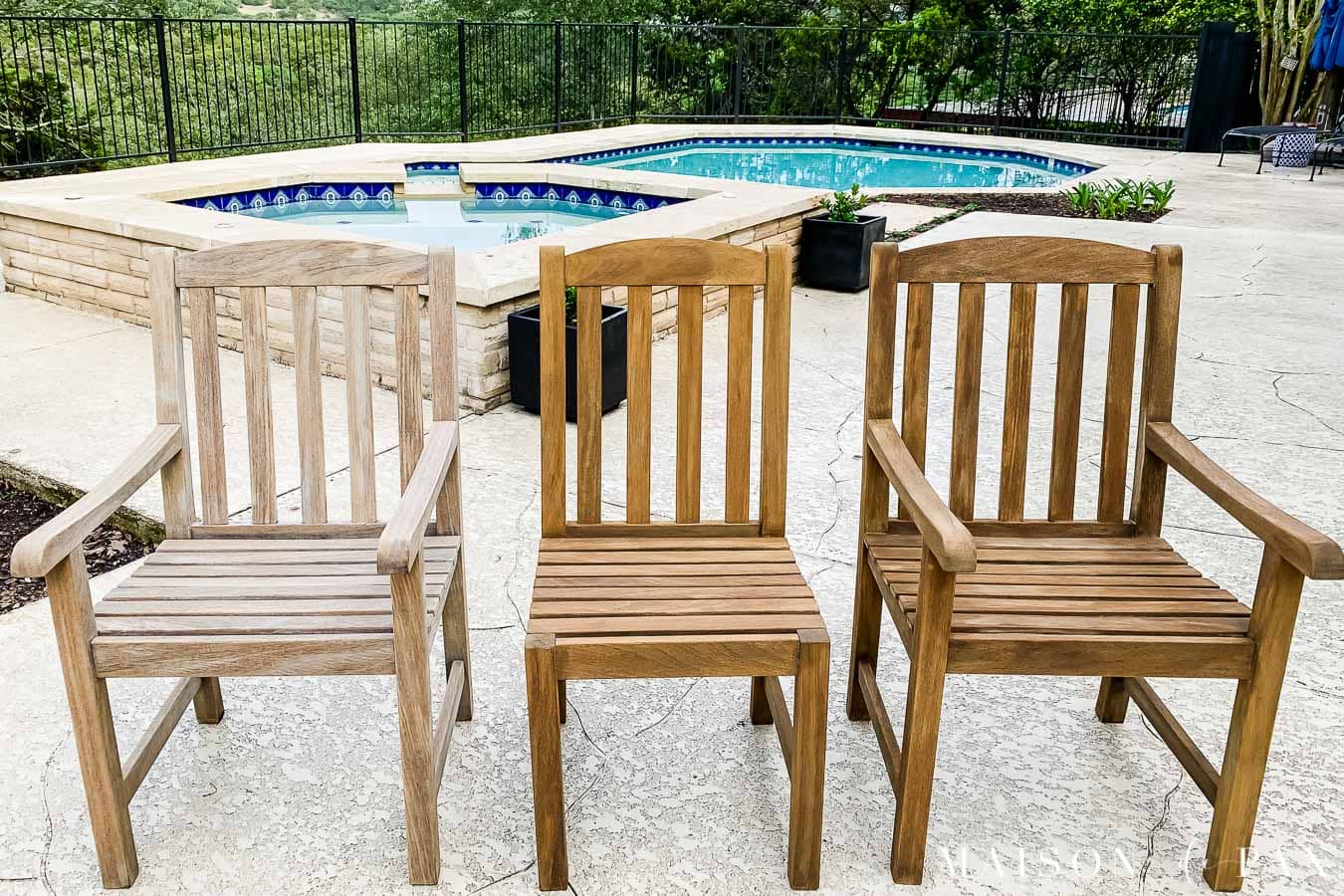

Outdoor Furniture
How To Redo Teak Outdoor Furniture
Modified: February 18, 2024
Learn how to redo teak outdoor furniture with our expert tips and ideas. Transform your outdoor space with our outdoor furniture design inspiration. Discover more!
(Many of the links in this article redirect to a specific reviewed product. Your purchase of these products through affiliate links helps to generate commission for Storables.com, at no extra cost. Learn more)
Introduction
Welcome to the world of teak outdoor furniture! If you're the proud owner of teak furniture, you're already familiar with its timeless beauty and exceptional durability. However, over time, exposure to the elements can take a toll on even the sturdiest pieces. But fear not, as restoring your teak furniture to its former glory is not only achievable but also immensely satisfying.
In this comprehensive guide, we'll walk you through the process of revitalizing your teak outdoor furniture. Whether you have a weathered teak bench, a faded dining set, or a neglected lounger, we've got you covered. From assessing the current condition of your furniture to cleaning, sanding, refinishing, and applying protective treatments, we'll provide you with expert tips and insights every step of the way.
So, roll up your sleeves and get ready to embark on a rewarding journey of restoration. With a little effort and the right techniques, you can breathe new life into your beloved teak furniture, ensuring that it remains a stunning centerpiece of your outdoor oasis for years to come. Let's dive in and discover the art of rejuvenating teak outdoor furniture!
Key Takeaways:
- Revitalize your teak outdoor furniture by assessing, cleaning, sanding, and applying teak oil. Regular maintenance ensures its timeless beauty and durability, creating a stunning outdoor oasis for years to come.
- Preserve the luster of your refinished teak furniture with regular cleaning, teak oil application, and protective measures. Embrace the natural aging process for a distinguished outdoor retreat.
Read more: How To Care For Teak Outdoor Furniture
Assessing the Condition of Your Teak Furniture
Before diving into the restoration process, it’s crucial to assess the current state of your teak furniture. Exposure to sunlight, moisture, and fluctuating temperatures can lead to a range of issues, including discoloration, surface roughness, and even structural weaknesses. By carefully evaluating the condition of your furniture, you can tailor your restoration approach to address specific concerns effectively.
Start by conducting a visual inspection of the furniture. Look for signs of fading, grayish discoloration, or patches of mold and mildew. These are common issues resulting from prolonged exposure to the elements. Additionally, check for any cracks, splits, or warping, especially in load-bearing components such as chair legs or table supports.
Next, assess the surface texture of the wood. Run your hand along the grain to feel for roughness, which can develop as the natural oils in the teak degrade over time. This roughness not only detracts from the furniture’s aesthetic appeal but also indicates the need for sanding and refinishing.
Inspect the joints and connections for any signs of weakness or deterioration. Loose or wobbly joints may require tightening or, in some cases, regluing to ensure structural integrity. Similarly, check the hardware, such as screws and bolts, to see if they need tightening or replacement.
Finally, consider the overall stability of the furniture. Sit on chairs and benches to test for wobbling or instability. For tables, check for any wobbling or unevenness when pressure is applied to different areas of the surface.
By thoroughly evaluating these key aspects, you’ll gain a clear understanding of the restoration tasks ahead. Whether your furniture requires simple cleaning and minor refinishing or more extensive repairs, this initial assessment sets the stage for a targeted and effective restoration process.
Cleaning Teak Outdoor Furniture
Before diving into the refinishing process, it’s essential to start with a thorough cleaning to remove accumulated dirt, grime, and other surface contaminants. This initial step not only enhances the appearance of the furniture but also prepares the wood for subsequent refinishing treatments.
Begin by clearing the furniture of any loose debris such as leaves, twigs, or cobwebs. A soft-bristled brush or a gentle blast of compressed air can be used to dislodge and remove such debris without damaging the wood.
Next, prepare a cleaning solution by mixing mild dish soap or teak-specific cleaner with warm water. Using a soft-bristled brush or a sponge, gently scrub the entire surface of the furniture with the cleaning solution. Pay special attention to areas with visible stains, mold, or mildew. For stubborn stains, a mixture of water and white vinegar can be effective in lifting discoloration and mildew growth.
After scrubbing, thoroughly rinse the furniture with clean water to remove any remaining soap residue. A garden hose with a gentle spray attachment works well for this purpose. Avoid using high-pressure washers, as they can damage the wood fibers and create uneven surfaces.
Once rinsed, allow the furniture to air-dry completely before proceeding to the next step. This ensures that the wood is free from excess moisture, which can interfere with the refinishing process.
For particularly stubborn stains or deeply embedded dirt, a light sanding with fine-grit sandpaper may be necessary after the cleaning process. This can help smooth out the surface and remove any remaining blemishes before refinishing.
By meticulously cleaning your teak outdoor furniture, you’ll create a clean and receptive surface for the subsequent refinishing steps. This foundational cleaning not only revitalizes the furniture’s appearance but also sets the stage for a successful restoration journey.
To redo teak outdoor furniture, start by cleaning the surface with a teak cleaner and a soft brush. Then, sand the furniture to remove any rough spots. Finally, apply a teak sealer to protect the wood from the elements.
Sanding and Refinishing Teak Furniture
Once your teak outdoor furniture is thoroughly cleaned and dry, the next step in the restoration process involves sanding and refinishing the wood. This crucial phase not only restores the smoothness and luster of the teak but also provides long-lasting protection against the elements.
Begin by lightly sanding the entire surface of the furniture using fine-grit sandpaper. The goal is to smooth out any rough patches, remove surface imperfections, and promote optimal absorption of the refinishing products. Always sand in the direction of the wood grain to avoid creating visible scratches or blemishes.
For intricate or hard-to-reach areas, such as curved chair arms or decorative details, consider using sanding sponges or folded sandpaper to ensure thorough and uniform sanding. Take care to maintain consistent pressure and movement to achieve a smooth and even surface texture.
After sanding, thoroughly remove all sanding dust from the furniture using a soft, dry cloth or a tack cloth specifically designed to pick up fine particles. This step is crucial to ensure that the refinishing products adhere properly and produce a flawless finish.
With the wood surface prepared, it’s time to apply the refinishing product. Teak oil is a popular choice for enhancing the natural beauty of teak while providing nourishment and protection. Using a clean, lint-free cloth or a natural bristle brush, apply a liberal coat of teak oil to the furniture, working in the direction of the wood grain.
Allow the oil to penetrate the wood for the recommended duration specified by the product manufacturer, typically around 15-30 minutes. During this time, the wood will absorb the oil, enriching its color and imparting a warm, lustrous sheen.
After the absorption period, gently wipe off any excess oil with a clean cloth, ensuring that the surface is evenly coated. Depending on the desired level of sheen and protection, additional coats of teak oil can be applied, with adequate drying time between applications.
By diligently sanding and refinishing your teak furniture, you’ll not only restore its natural beauty and smoothness but also fortify it against the elements, ensuring years of enjoyment in your outdoor space.
Applying Teak Oil or Sealer
Once your teak outdoor furniture has been cleaned, sanded, and prepared, the application of teak oil or sealer serves as a vital step in preserving and enhancing the wood’s natural beauty. These products provide essential nourishment and protection, safeguarding the furniture against environmental stressors while enriching its appearance.
Teak oil is a popular choice for homeowners seeking to accentuate the rich tones and grain patterns of teak wood. Before applying the oil, ensure that the furniture is completely dry to allow for optimal absorption. Using a clean, lint-free cloth or a natural bristle brush, generously apply the teak oil in the direction of the wood grain. This allows the oil to penetrate deeply into the wood, replenishing its natural oils and enhancing its visual allure.
As the wood absorbs the teak oil, you’ll notice its color becoming more vibrant and its surface developing a warm, inviting sheen. Allow the oil to remain on the wood for the recommended duration specified by the product manufacturer, typically around 15-30 minutes. This allows ample time for the oil to permeate the wood fibers and establish a protective barrier.
After the absorption period, use a clean cloth to gently wipe off any excess oil from the furniture. This step ensures an even application and minimizes the risk of sticky or tacky residue. Depending on the desired level of protection and sheen, additional coats of teak oil can be applied, with sufficient drying time between applications.
Alternatively, teak sealers offer a protective coating that shields the wood from moisture, UV rays, and other environmental factors. When applying a sealer, carefully follow the manufacturer’s instructions regarding the application method and drying times. Typically, sealers are applied using a brush, roller, or sprayer, and multiple coats may be necessary to achieve optimal protection.
Regardless of whether you opt for teak oil or a sealer, regular maintenance is essential to uphold the furniture’s appearance and resilience. Periodic reapplication of teak oil or sealer, as well as routine cleaning, will help prolong the life and beauty of your teak outdoor furniture, ensuring that it remains a cherished asset in your outdoor living space.
Read more: How To Refinish Outdoor Teak Furniture
Maintaining and Protecting Your Refinished Teak Furniture
After investing time and effort into restoring and refinishing your teak outdoor furniture, it’s essential to implement a maintenance regimen that safeguards its renewed beauty and durability. By following a few simple guidelines and incorporating regular care practices, you can ensure that your refinished teak furniture remains a stunning and functional asset in your outdoor space for years to come.
Regular cleaning is key to preserving the luster and cleanliness of your refinished teak furniture. Use a mild soap or teak-specific cleaner and a soft-bristled brush to gently scrub the surfaces, removing dirt, pollen, and other debris. Rinse thoroughly and allow the furniture to dry completely before proceeding with any additional maintenance or protective treatments.
Periodic application of teak oil or sealer is crucial to replenish the wood’s natural oils and maintain a protective barrier against moisture and UV exposure. Depending on the level of exposure and environmental conditions, consider reapplying teak oil or sealer every 6 to 12 months to uphold the wood’s resilience and visual appeal.
While teak is renowned for its resistance to decay and rot, it’s important to address any signs of mold or mildew promptly. A solution of water and white vinegar can effectively remove mildew stains, restoring the furniture’s pristine appearance. Regularly inspect the furniture for any indications of mold growth, particularly in humid or shaded areas.
To prevent scratches and abrasions, consider using protective pads or coasters under items placed on the furniture’s surface, such as planters, decorative objects, or tableware. This simple measure helps safeguard the wood from damage and maintains its smooth finish over time.
During periods of inclement weather or extended periods of non-use, consider covering your teak furniture with breathable, weather-resistant furniture covers. This shields the furniture from excessive moisture, dirt, and UV exposure, prolonging its longevity and reducing the frequency of maintenance and refinishing.
Finally, embrace the natural aging process of teak, which develops a distinguished silver-gray patina over time when exposed to the elements. If you prefer to maintain the original warm tones of the wood, regular cleaning and refinishing with teak oil can help preserve its natural color and luster.
By incorporating these maintenance practices and protective measures, you can savor the enduring beauty and functionality of your refinished teak furniture, creating an inviting and timeless outdoor retreat for relaxation and entertainment.
Frequently Asked Questions about How To Redo Teak Outdoor Furniture
Was this page helpful?
At Storables.com, we guarantee accurate and reliable information. Our content, validated by Expert Board Contributors, is crafted following stringent Editorial Policies. We're committed to providing you with well-researched, expert-backed insights for all your informational needs.
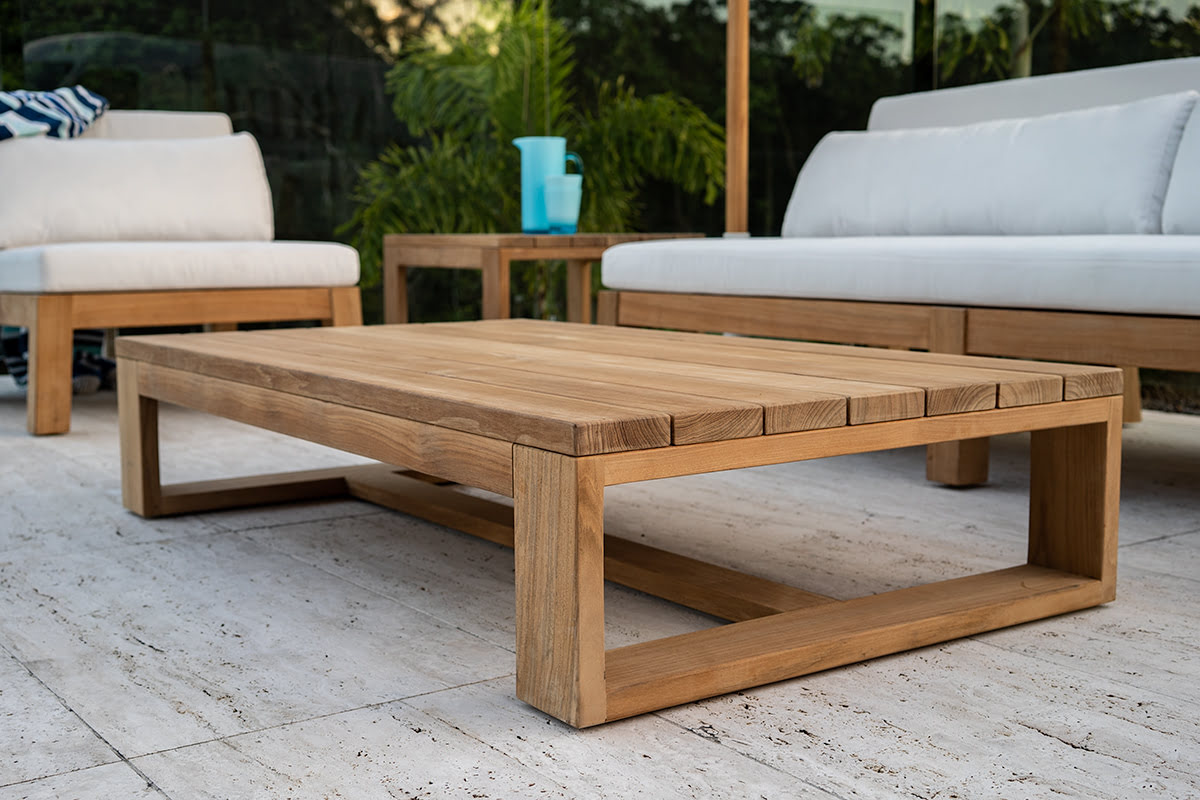
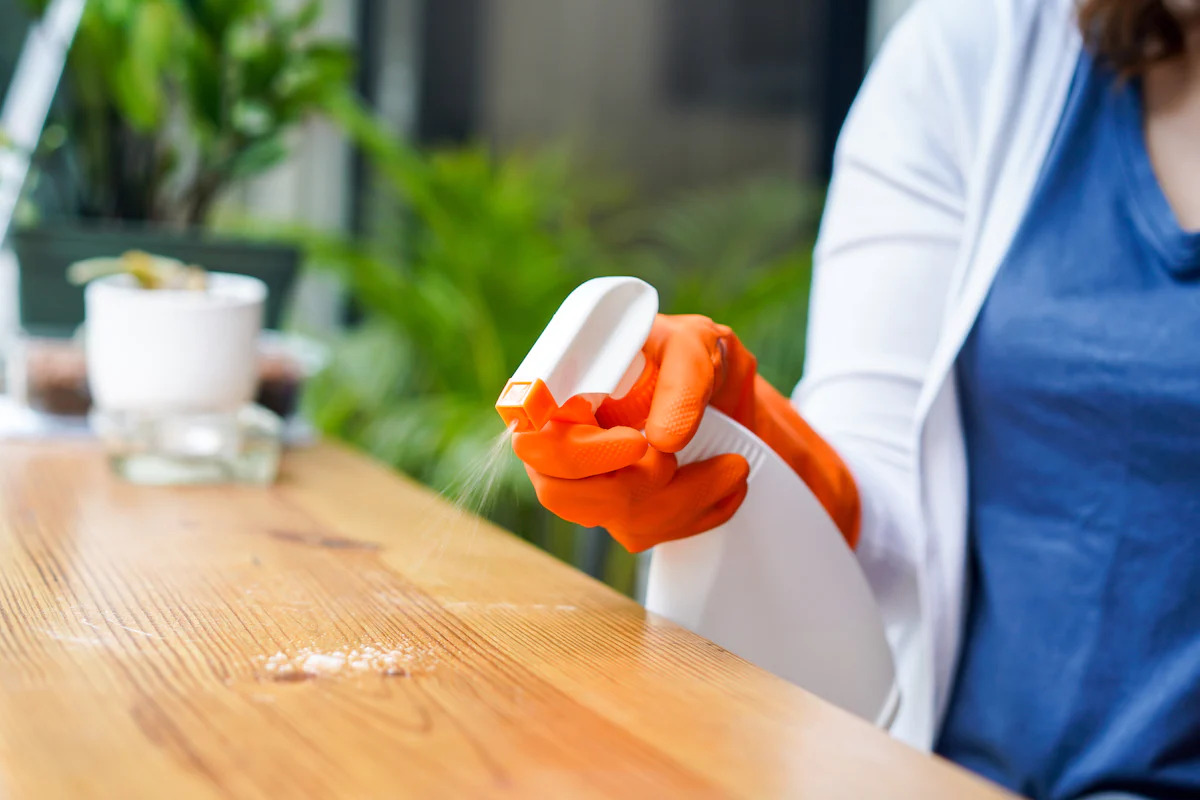

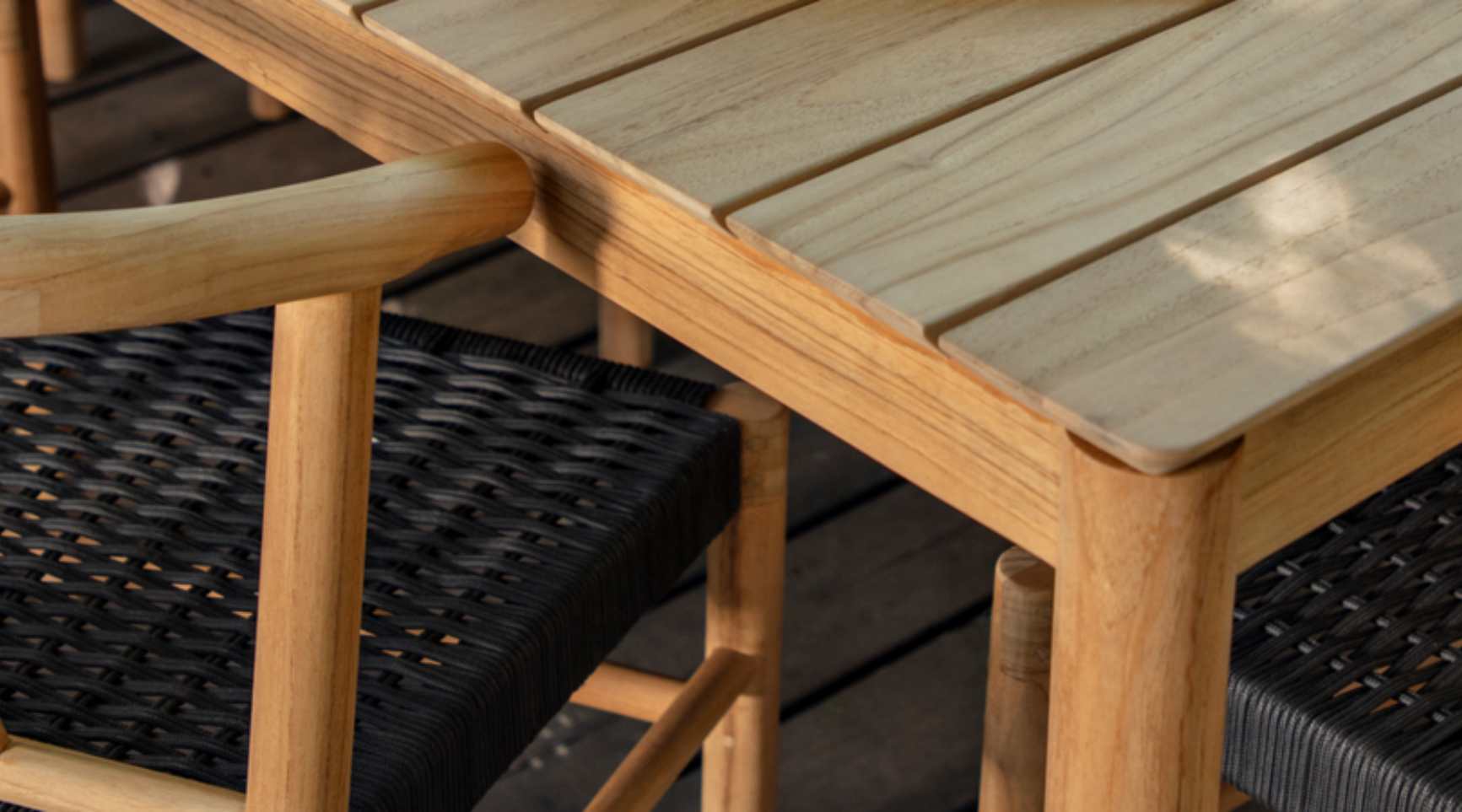

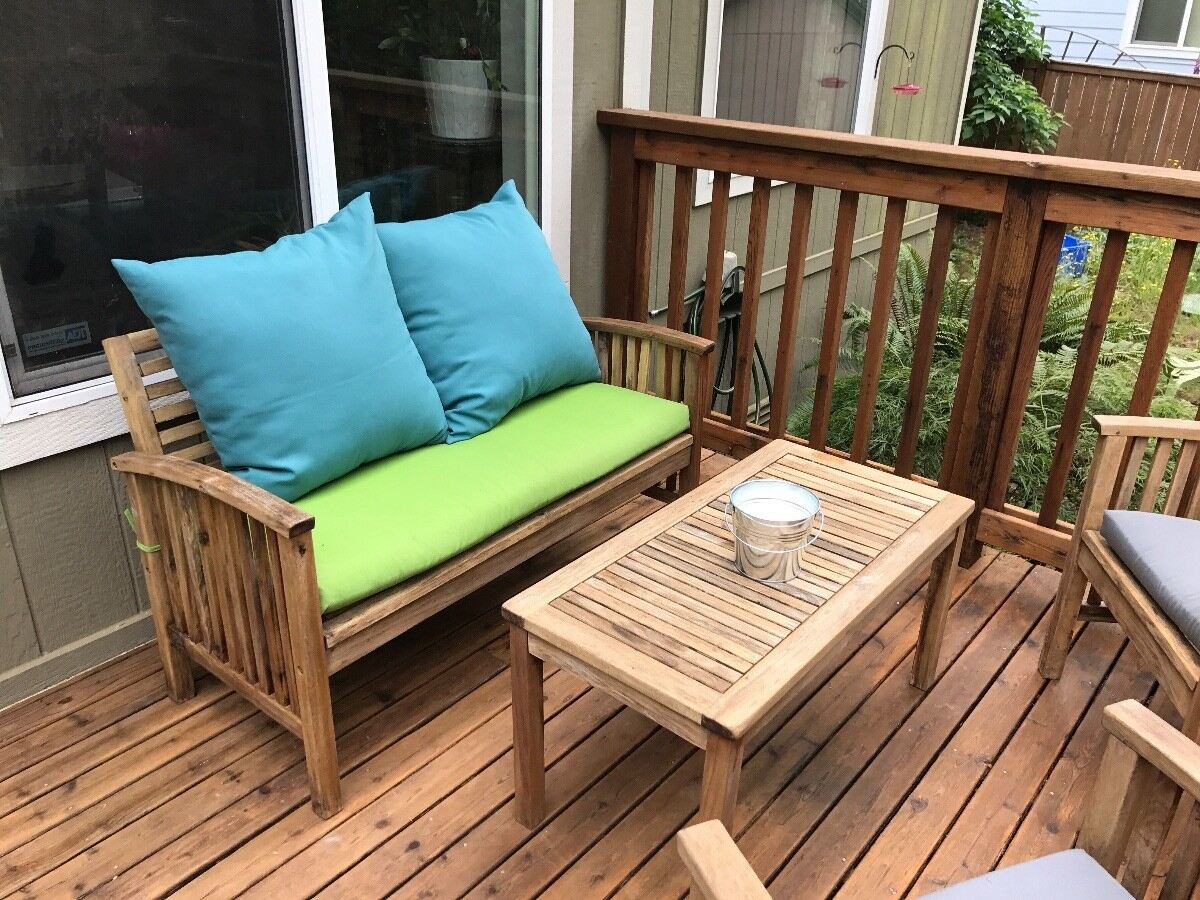
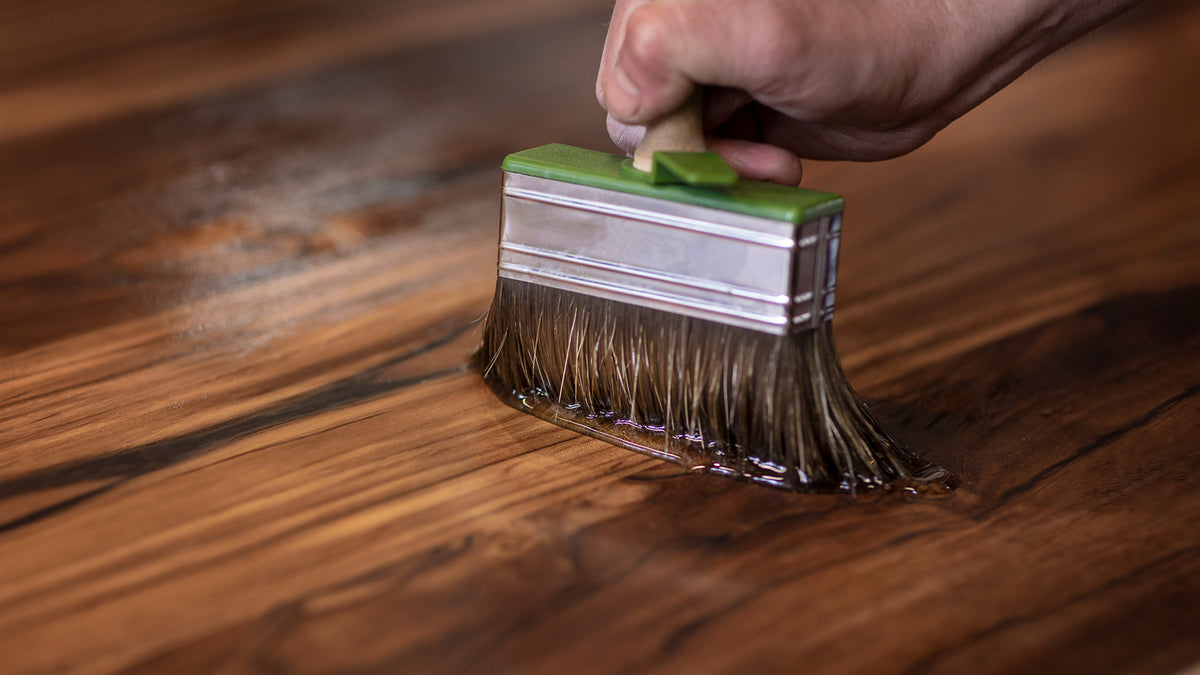
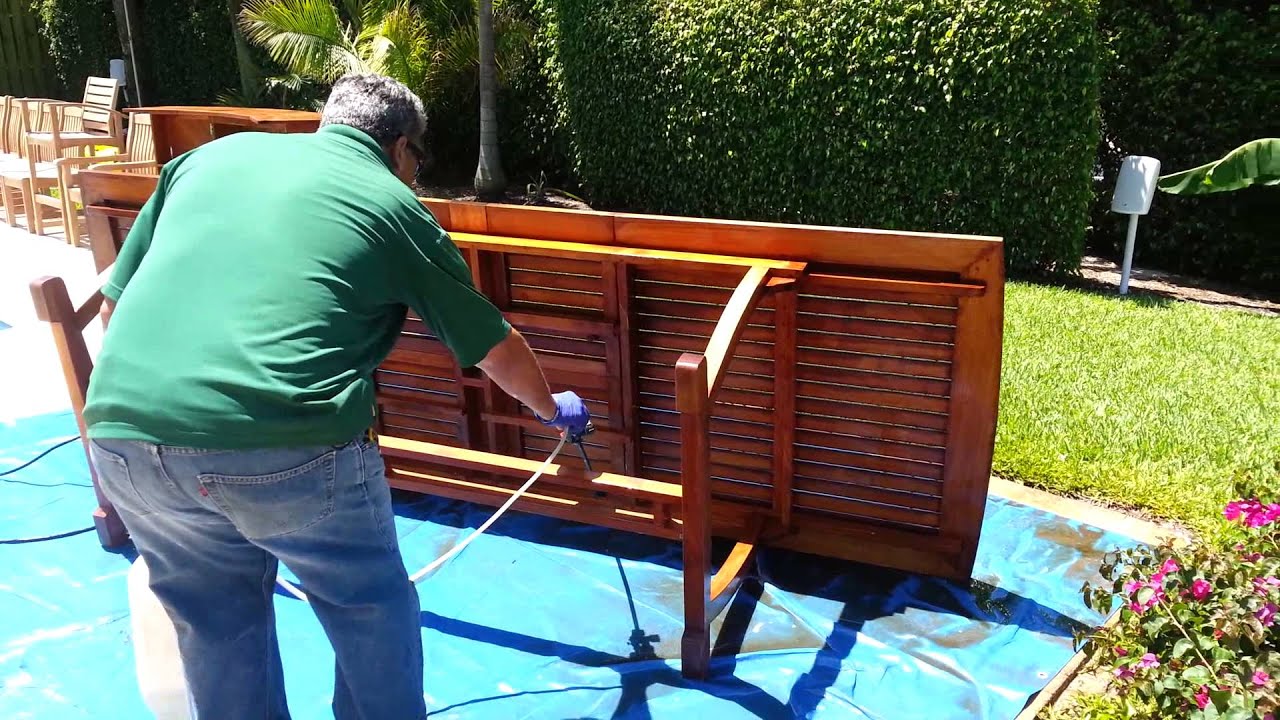
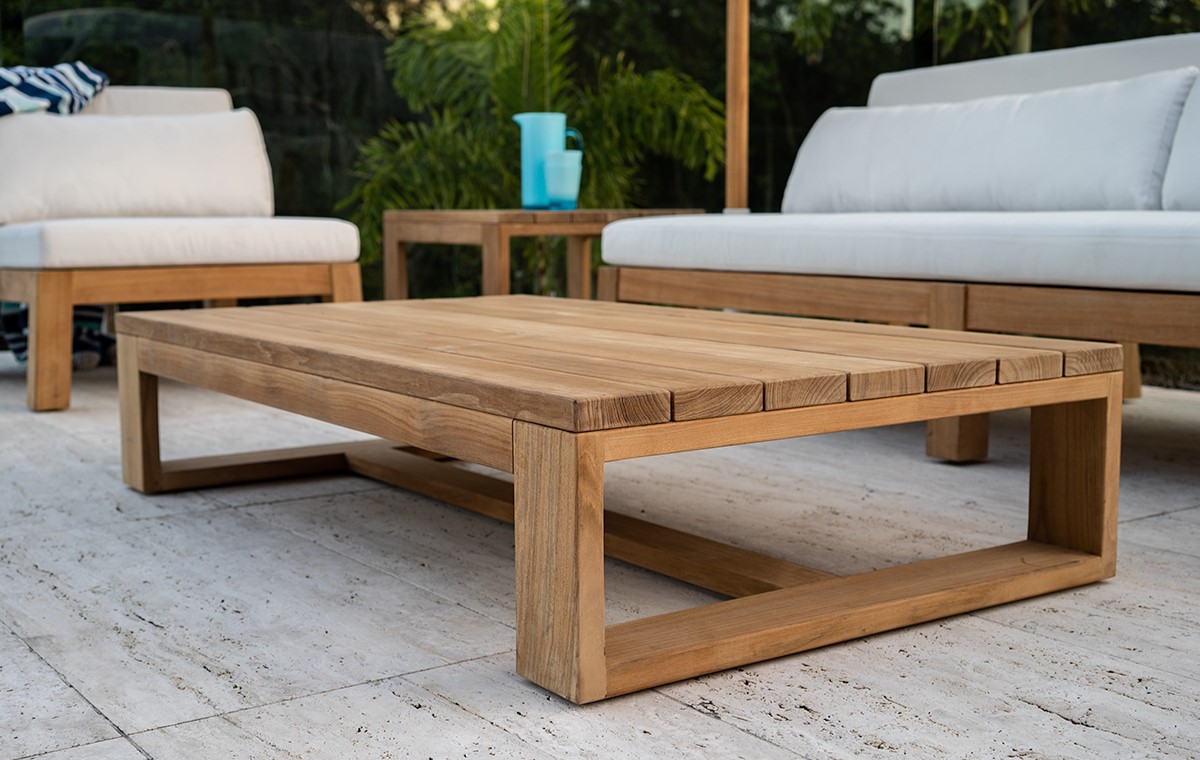
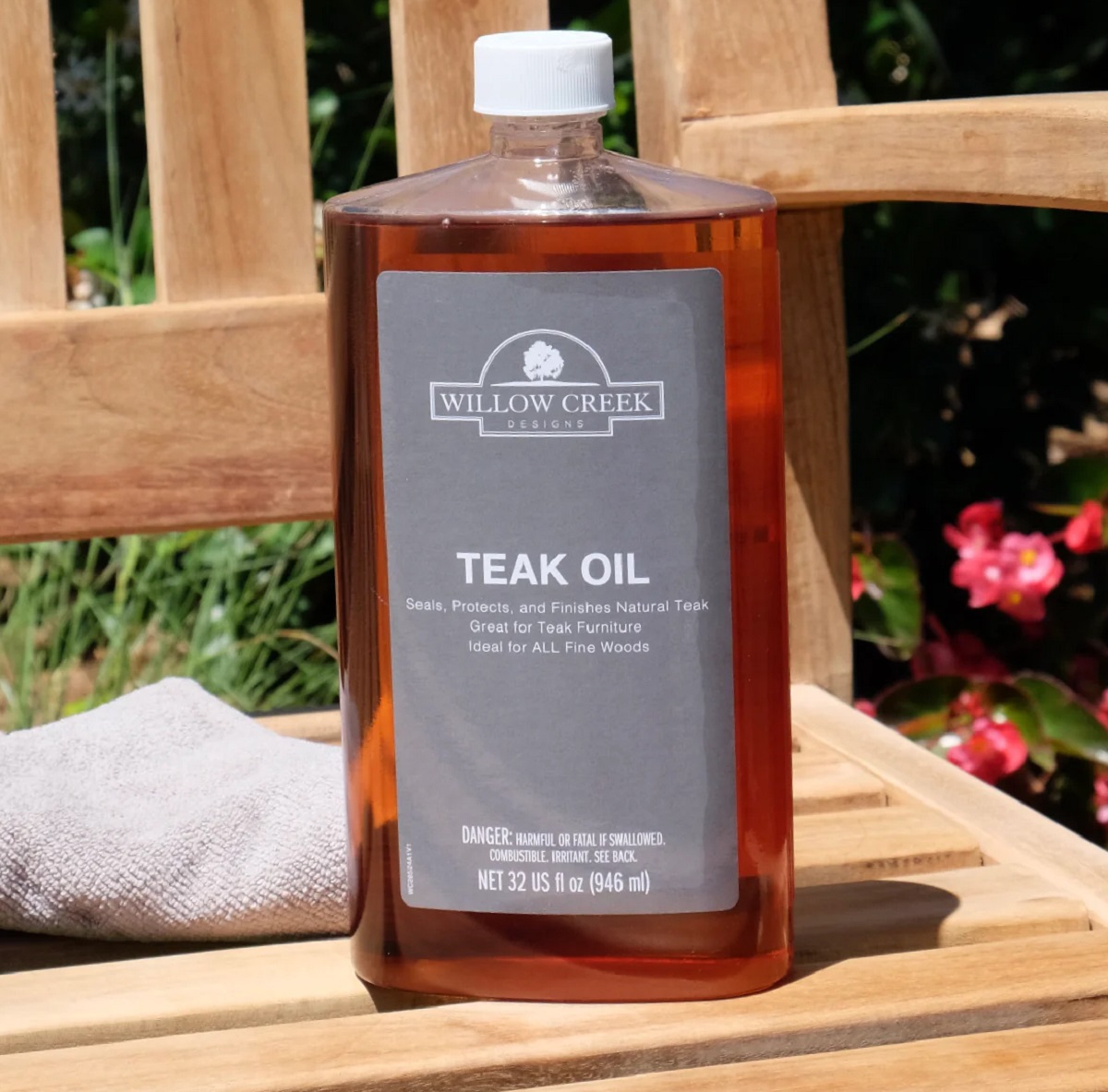
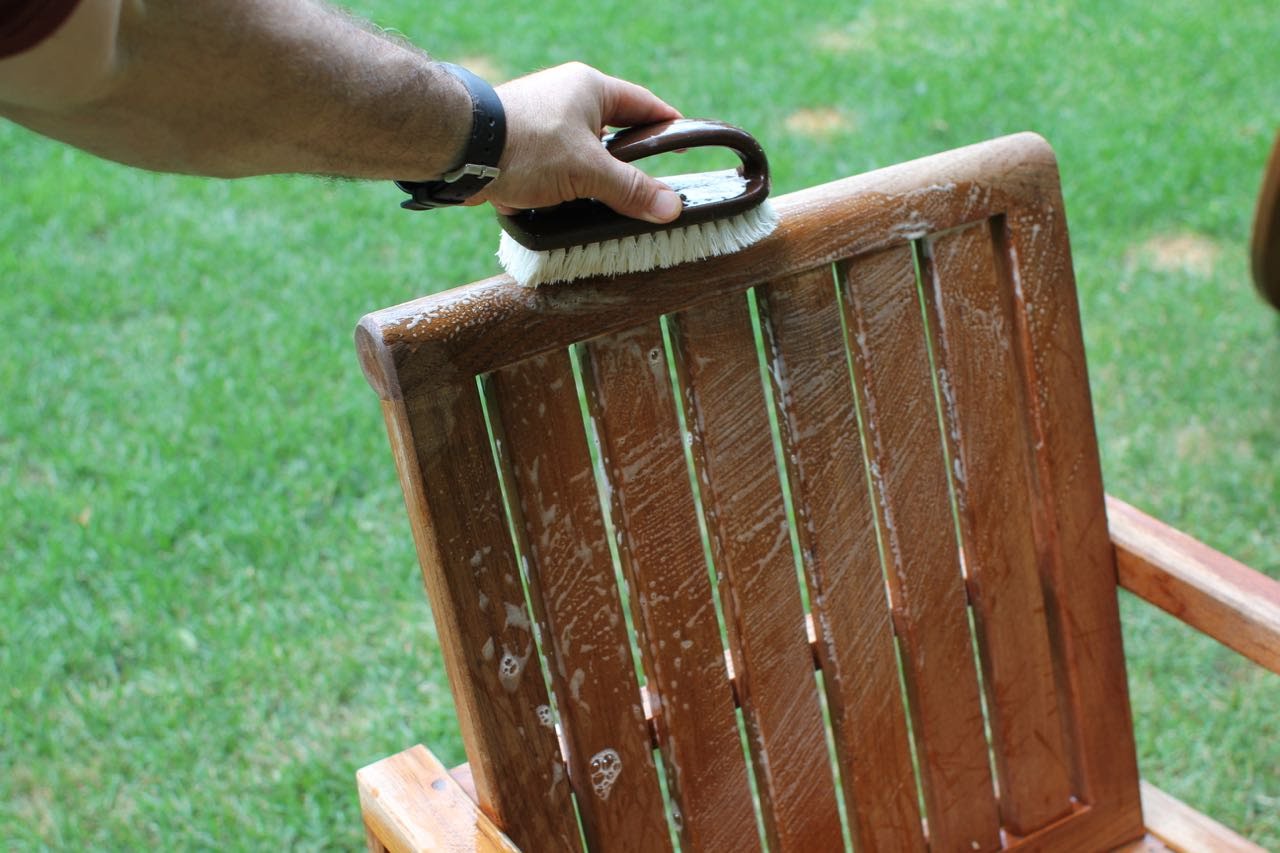
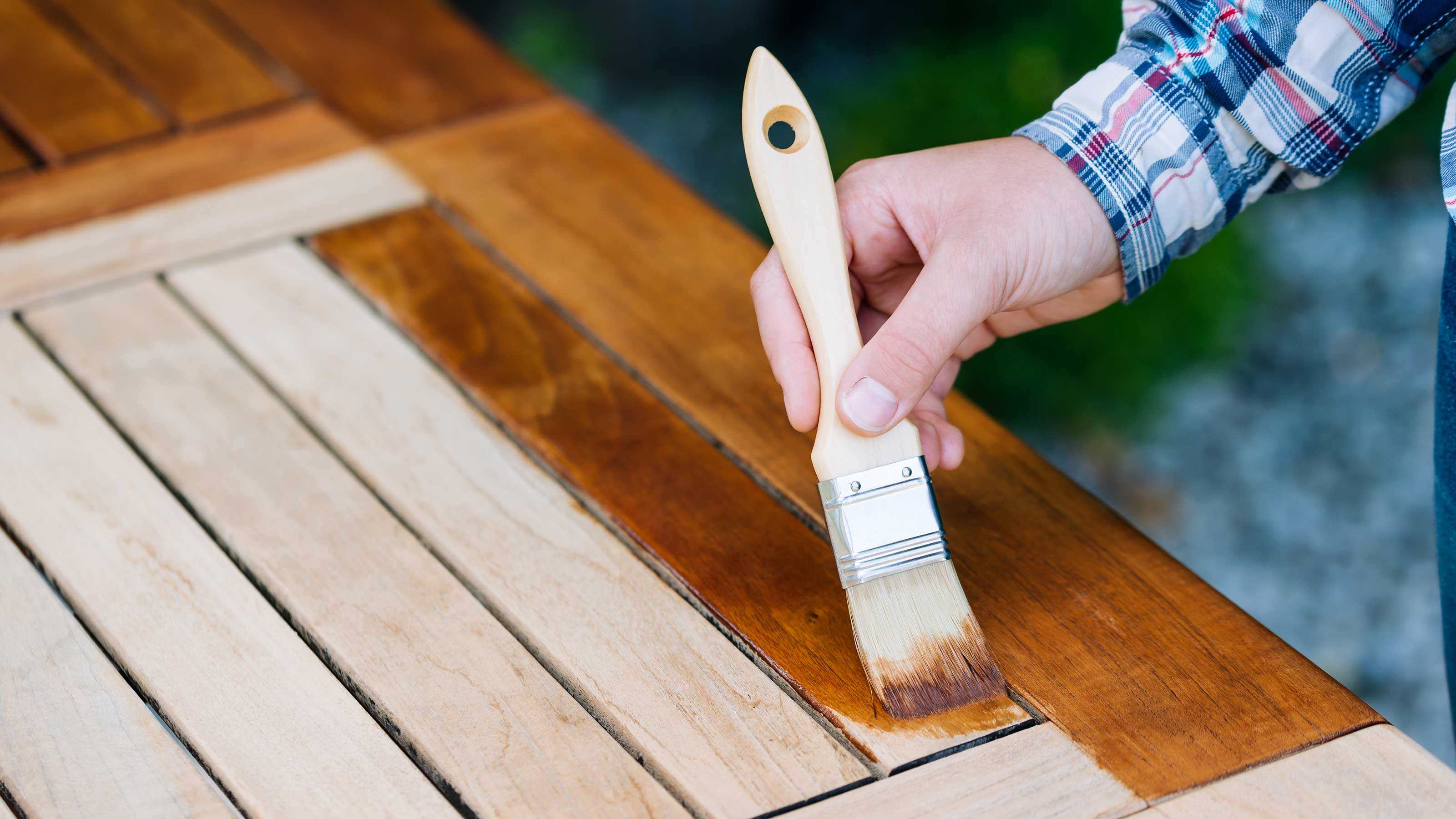
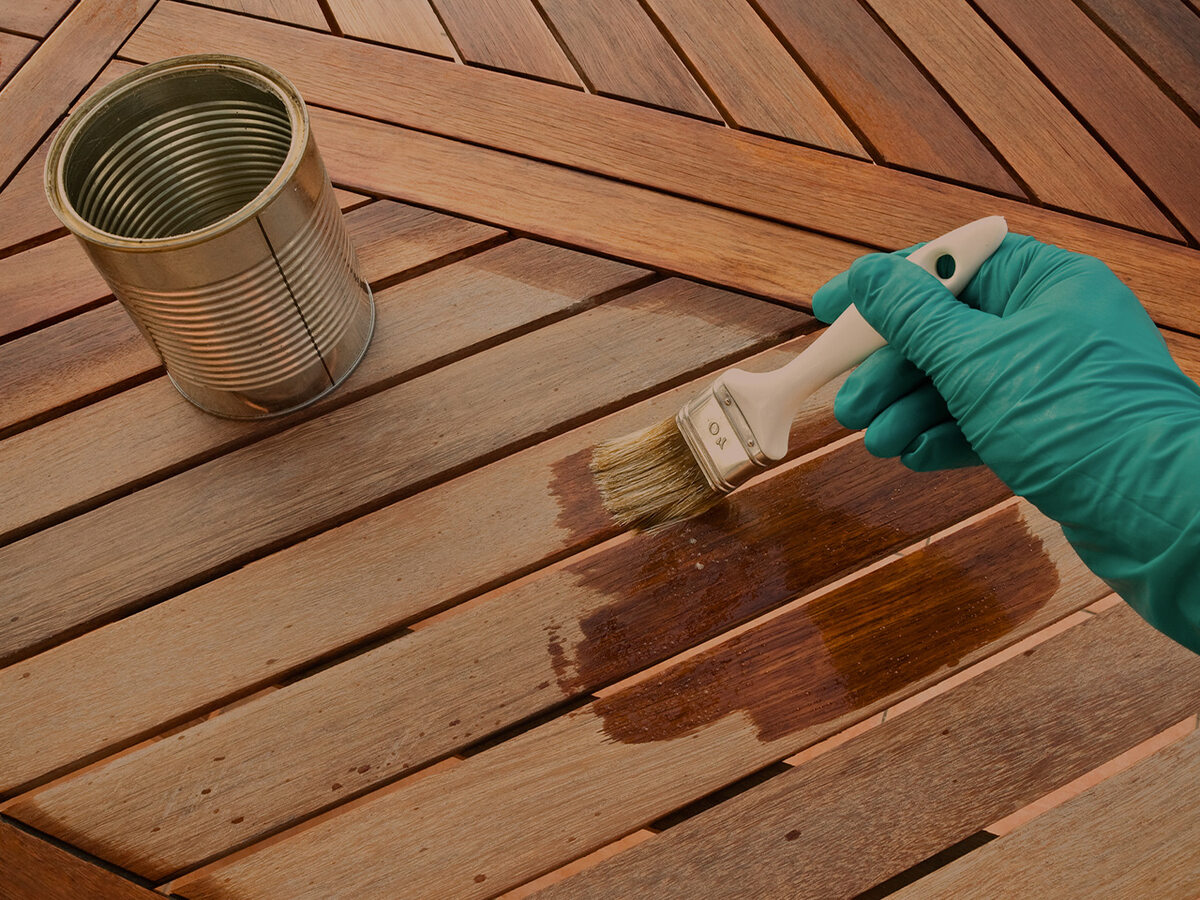
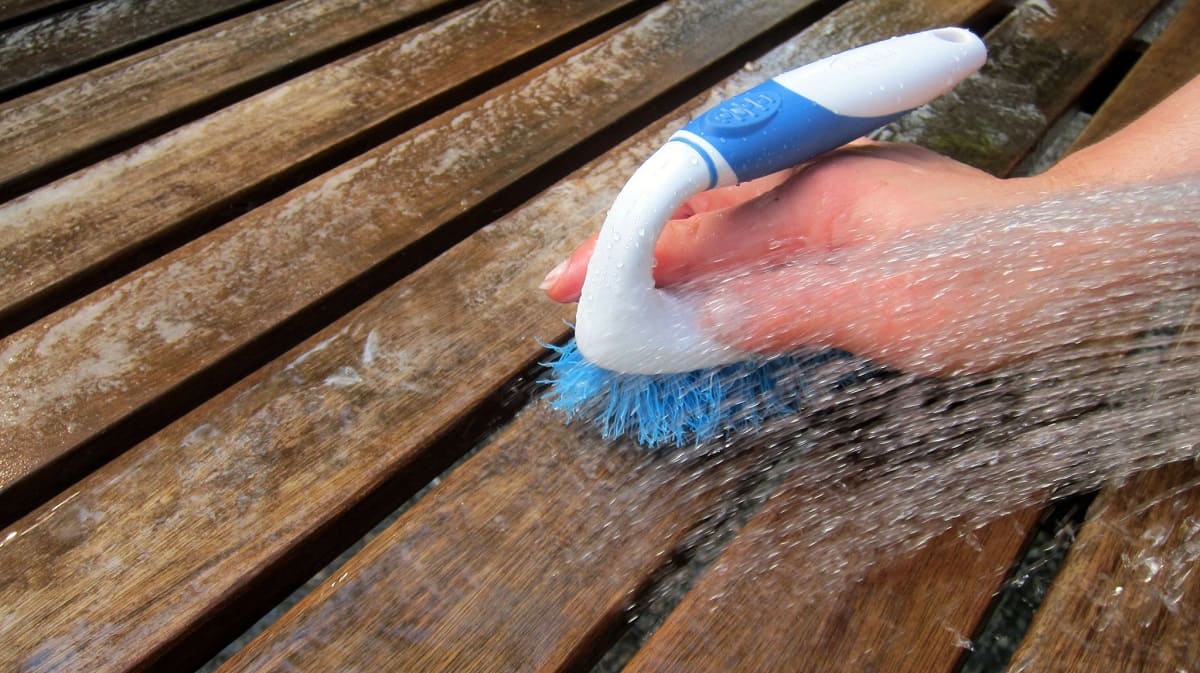

0 thoughts on “How To Redo Teak Outdoor Furniture”